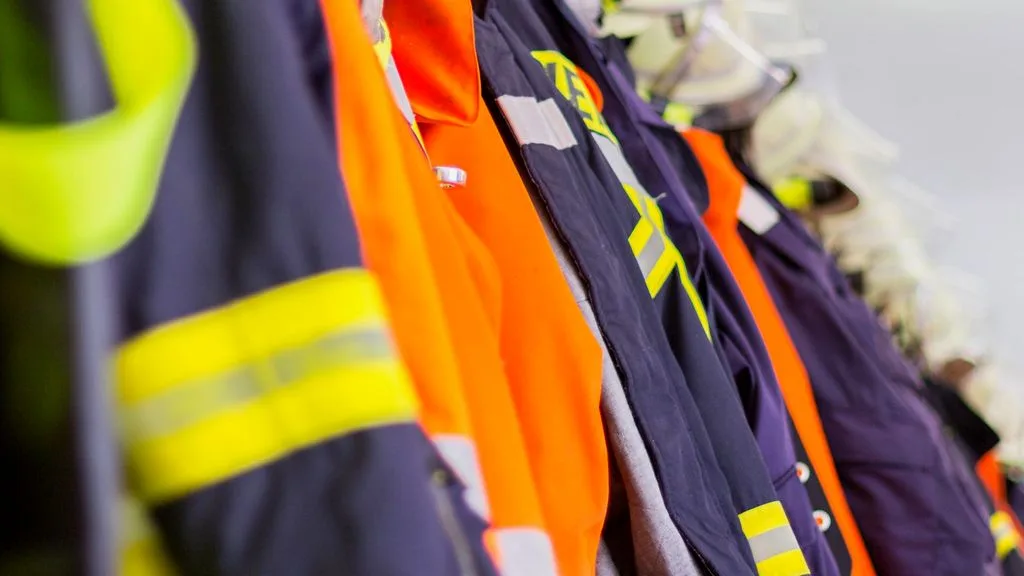The Science Behind Fire-Resistant Clothing: Certifications and Materials
In the world of occupational safety, the significance of fire-resistant clothing cannot be undermined. When it comes to protecting workers from heat, flames, and other potential hazards, it’s important to understand the science behind these garments.
Therefore, there are two important certifications that play an important role in this clothing. They set the standard for best performance. Protective clothing requires some core competencies against heat and flame.
So, without any further delay, let’s delve deeper into the world of fire-resistant clothes, and uncover the science, certifications, and materials that ensure the safety and well-being of workers.
What are fire-resistant Clothes Made of?
Fire-resistant clothes, often referred to as flame-resistant (FR) or fire-resistant (FR) clothing. They are specially designed garments crafted from materials that can withstand exposure to heat, flames, and potential fire hazards. These materials are carefully selected and engineered to provide protection to individuals working in high-risk environments such as firefighting, welding, and industrial settings.
Inherent Flame-Resistant Materials: These materials have flame-resistant properties built into their molecular structure and do not rely on chemical treatments. Common inherent materials include aramids (such as Nomex and Kevlar) and modacrylic fibers. Aramids are known for their exceptional heat and flame resistance, making them suitable for firefighting gear and industrial workwear.
Treated Flame-Resistant Materials: Some fabrics, like cotton or cotton blends, can be treated with flame-resistant chemicals to enhance their fire resistance. These treatments create a protective char layer when exposed to flames, which insulates the fabric and reduces the risk of burns. Treated cotton is often used in FR clothing for its comfort and breathability.
High-Performance Blends: Some FR clothing incorporates blends of different flame-resistant materials to achieve a balance of protection, comfort, and durability. These blends may combine inherent and treated materials to provide a multifaceted defense against heat and flames.
Layered Construction: FR clothing often features multiple layers, each serving a specific purpose. For example, an outer layer may resist flames and abrasion, while an inner layer provides thermal insulation and moisture-wicking properties.
The choice of material depends on the specific hazards faced by the wearer, comfort requirements, and industry regulations
Fireproof Clothing Material and ISO 11611 Certification
Fireproof clothing materials are the backbone of any fire-resistant attire. These materials are designed to resist ignition and prevent the spread of flames.
ISO 11611, on the other hand, specifically focuses on protective clothing used in welding and allied processes.
This certification has strict standards for protective clothing used in welding and similar operations. Apart from that, the certification ensures it meets essential criteria such as flame resistance, heat resistance, and durability.
When fire clothing materials come up with this certification, they guarantee that workers are well-protected during these high-risk tasks. This is why the combination of fireproof materials and ISO 11611 certification is very important for creating reliable garments that keep workers safe in hazardous environments.
Workwear Fabric and IEC 61482 Certification
Basically, it forms the foundation of fire-resistant clothing. As they are crafted with precision, these fabrics are engineered to withstand extreme conditions. IEC 61482, a vital certification, deals with protective clothing against the thermal hazards of an electric arc.
Moreover, it specifies two methods for testing: open arc and box test. Workwear fabric that adheres to this certification guarantees that professionals working with electrical equipment are shielded from potential arc flash incidents. This certification underscores the importance of reliable workwear fabric in minimizing the risk of serious injury or worse, ensuring a safer work environment.
Fire-Resistant Cloth Promising to Save Lives!
Fire-resistant clothes play a pivotal role in personal protection against fire-related risks. These fabrics are engineered to resist ignition, minimize heat transfer, and provide vital seconds for individuals to escape potentially life-threatening situations.
Heat-resistant fabric, designed to withstand high temperatures, forms the innermost layer of many fire-resistant garments. Heat-resistant fabrics offer the best defense against the perils of heat and flames. They ensure that those who work in hazardous environments can carry out their duties with enhanced safety.
Bottom Line!
Fire-resistant clothing is a silent hero, saving lives daily. It’s certified through these certifications using fireproof materials to protect workers from heat and flames. These certifications and materials show progress in safety. By focusing on quality, we make workplaces safer, allowing workers to focus on their tasks, knowing they’re protected by advanced technology and research.







